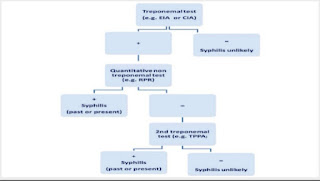Encrustation of the Renal Pelvis on CT Scan: What Radiologists Must Know
Hello Glias !
Detection of calcified encrustations within the renal pelvis on CT is more than just spotting stones. It often reflects an underlying infectious or metabolic problem that demands timely diagnosis and multidisciplinary care. Recognizing imaging clues and knowing the clinical contexts can guide correct management.
What is Renal encrustation?
Encrustation refers to calcific deposits lining the renal pelvis, calyces, or urinary tract mucosa. These occur when urine becomes supersaturated with minerals or when urease-producing organisms change the urinary environment to favor crystal deposition.
Common Causes of Renal Pelvic Encrustation
1. Infection-related encrustations
• Often caused by urease-producing bacteria such as Corynebacterium urealyticum, Proteus, Klebsiella
• Leads to struvite (magnesium ammonium phosphate) deposition
• Seen in encrusted pyelitis or cystitis
• Typically in patients with:
Chronic catheterization
Immunosuppression
Prior urological procedures
Diabetes or recurrent UTIs
CT features: Irregular sheet-like calcifications along urothelium rather than discrete stones.
2. Foreign body encrustation
• Stents or nephrostomy tubes serve as nidus for mineral deposition
• Poor stent hygiene or prolonged indwelling time increases risk
CT features: Calcification conforming to stent shape.
3. Tuberculosis of the urinary tract
• Genitourinary TB may cause dystrophic calcification in the pelvis and calyces
• Can lead to “putty kidney” in advanced stages
CT features: Calcified cavities, uneven renal function, associated strictures.
4. Xanthogranulomatous Pyelonephritis (XGP)
• Chronic infection with obstruction
• Commonly associated with a staghorn calculus
• Encrustation contributes to a destructed hydronephrotic kidney
CT features: Enlarged kidney with rim calcifications in severe cases.
5. Rare metabolic or systemic associations
• Hyperparathyroidism
• Renal tubular acidosis
• Medication-induced (e.g., long-term indinavir)
These conditions predispose to crystal precipitation but are less likely to create true mucosal encrustations.
Why Early Diagnosis Matters
Encrustation often reflects severe infection or impaired host defenses. Delay in treatment can lead to:
• Chronic kidney damage
• Ureteral strictures
• Recurrent sepsis
• Need for surgical intervention
Timely urine culture, targeted antibiotics (especially glycopeptides for C. urealyticum), and endoscopic removal improve outcomes.
Takeaway
When you see calcification on the surface of the renal pelvis rather than floating as a stone, consider infectious encrustations. Connect the imaging with clinical risks like catheters, diabetes, or prior urologic surgery. Your quick identification can prevent irreversible renal damage.
Dr. Upasana Y



Comments
Post a Comment